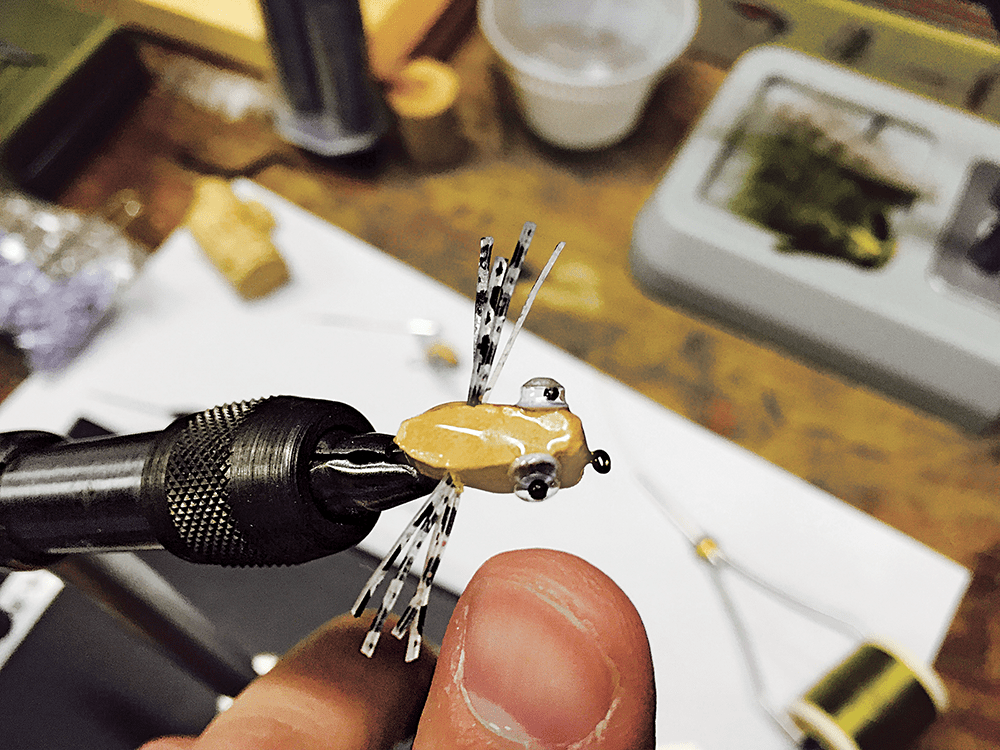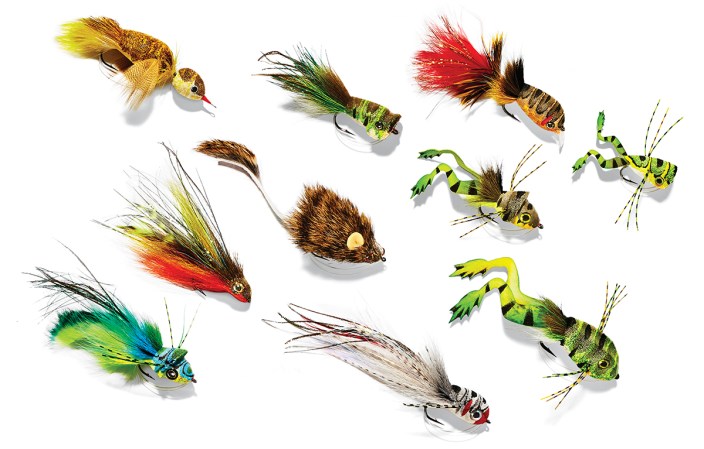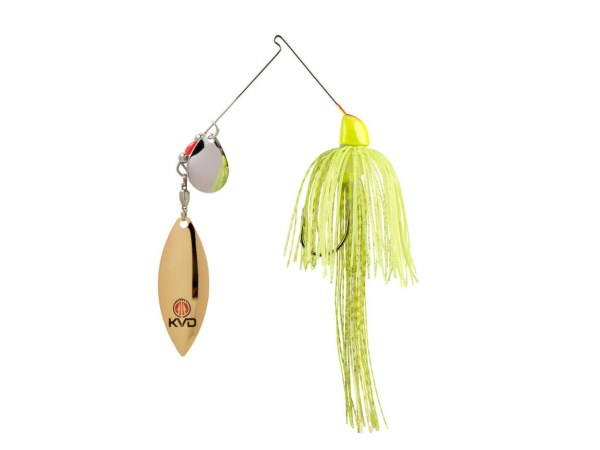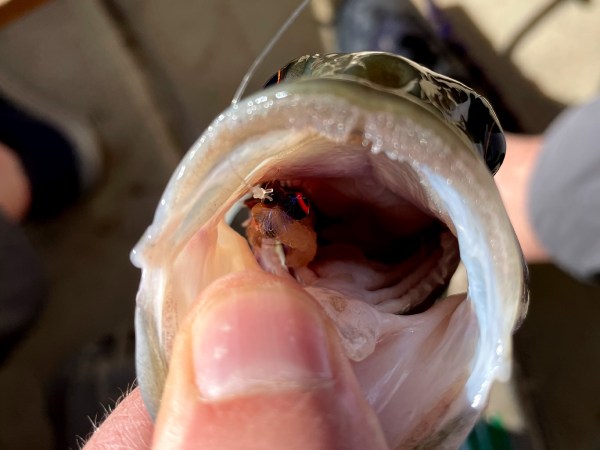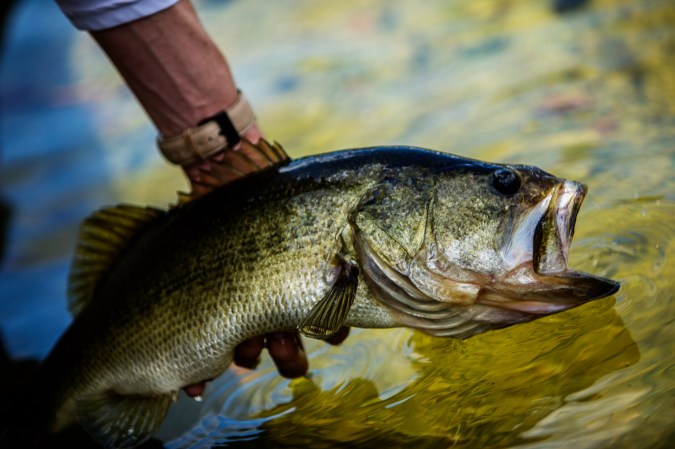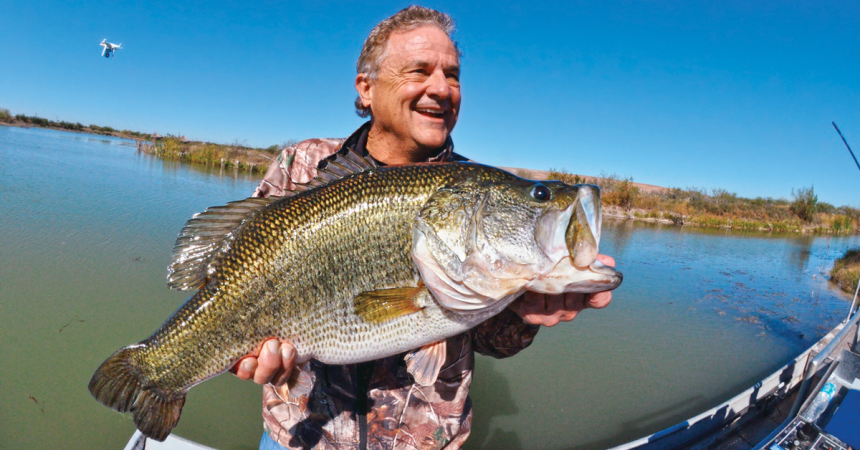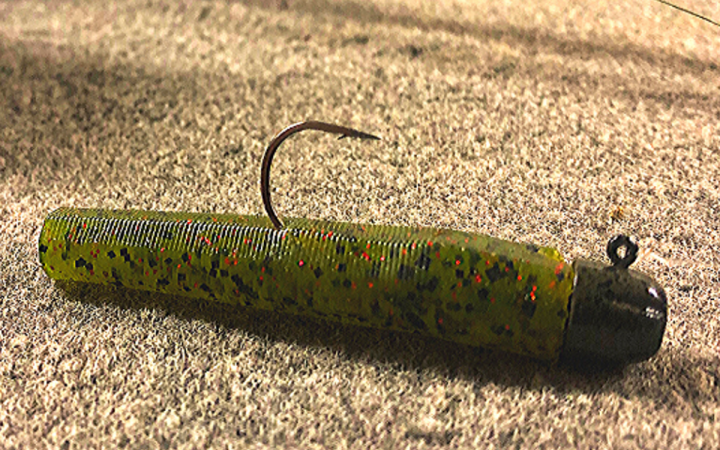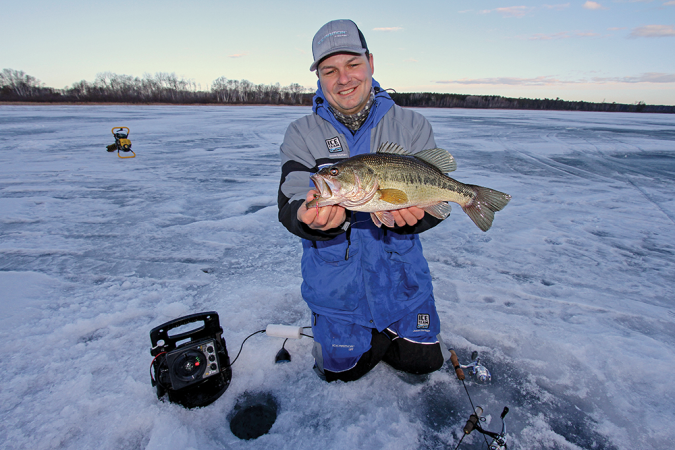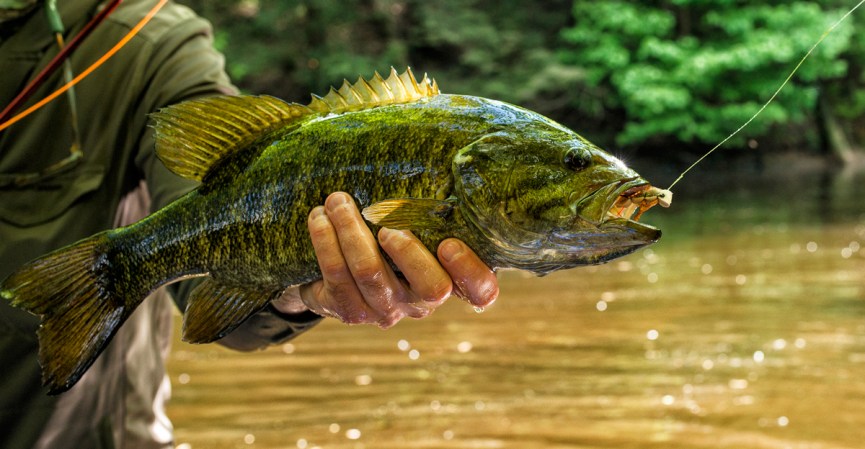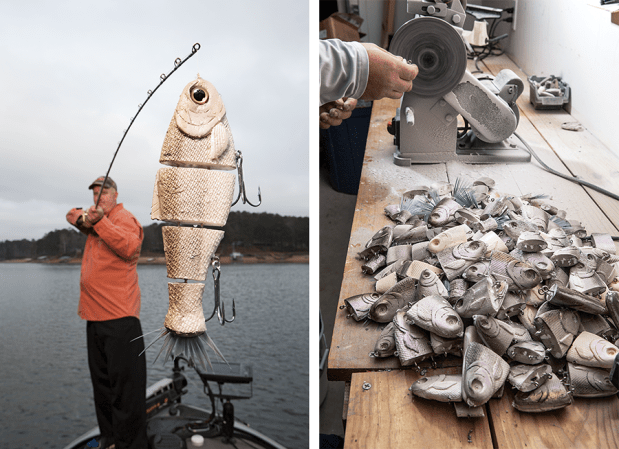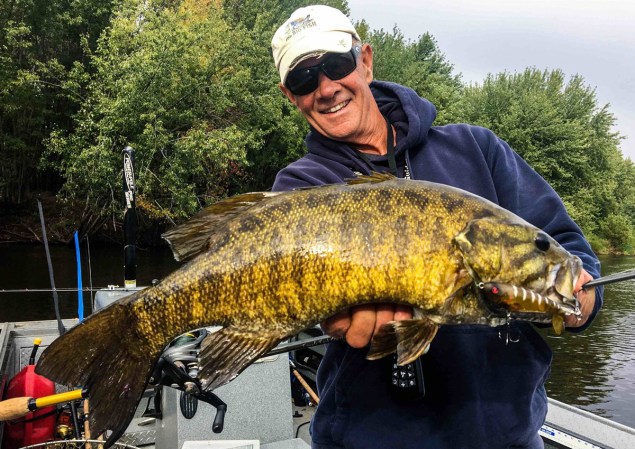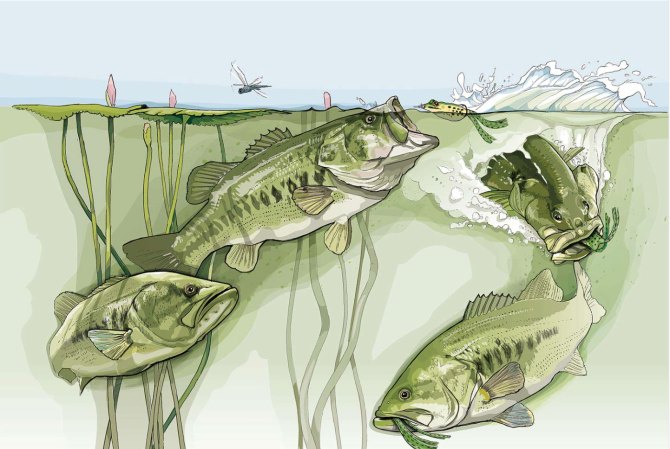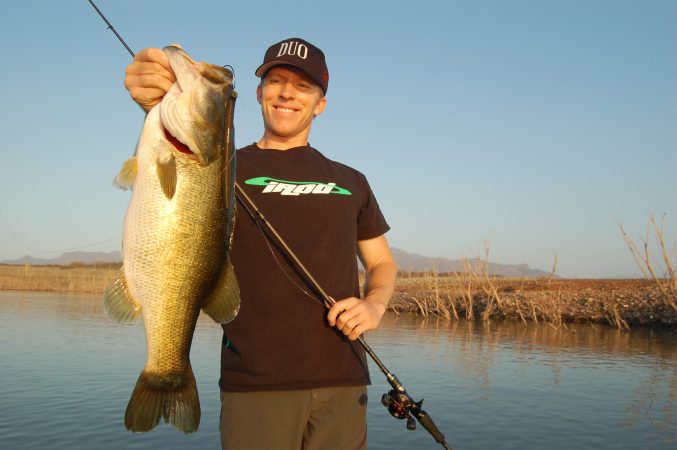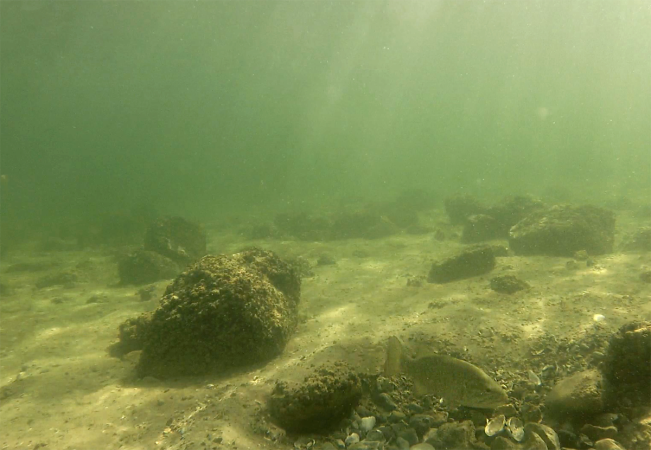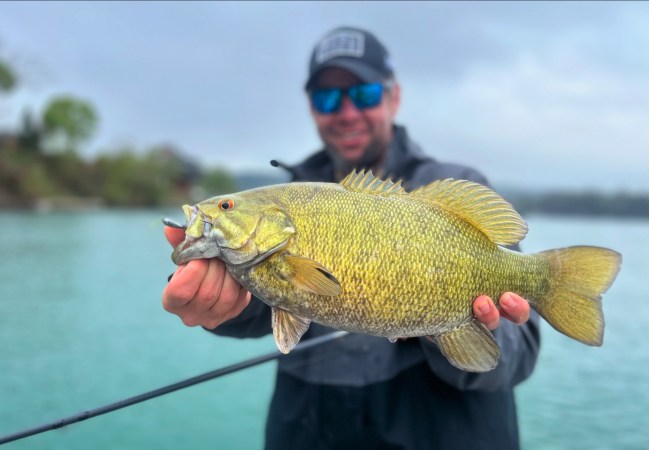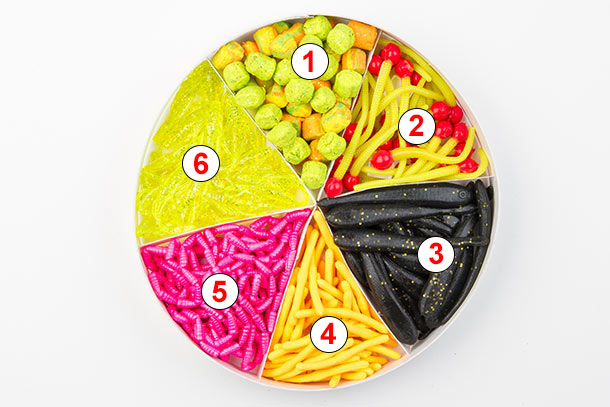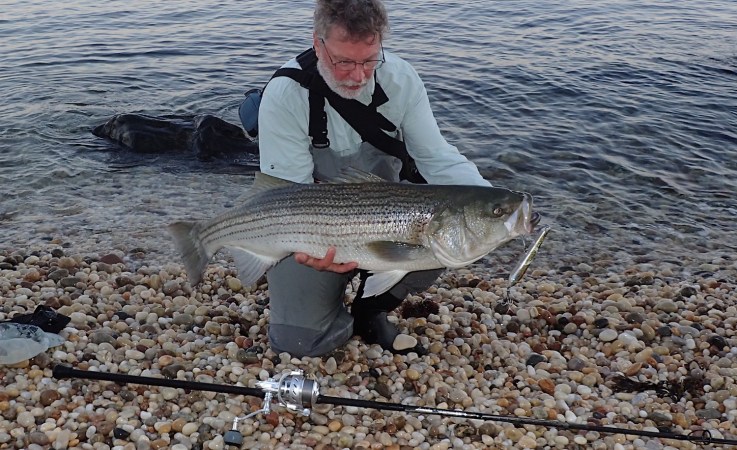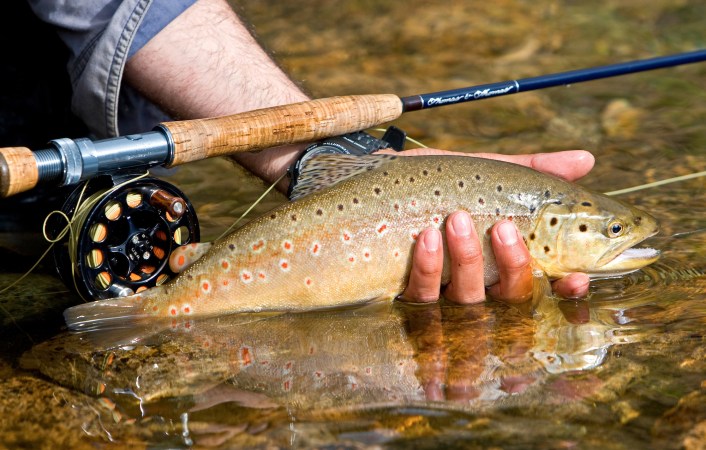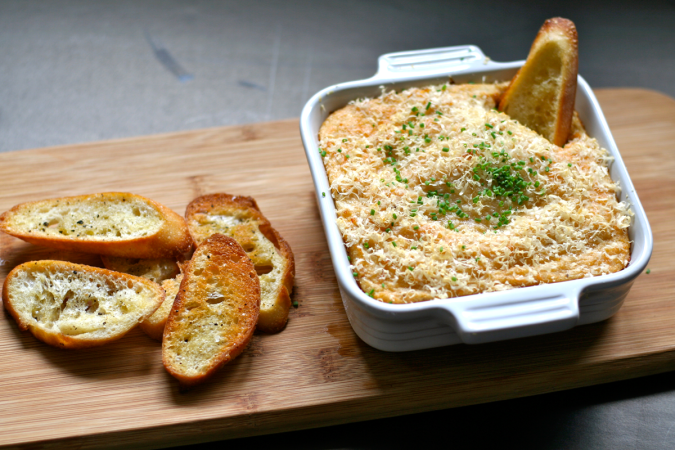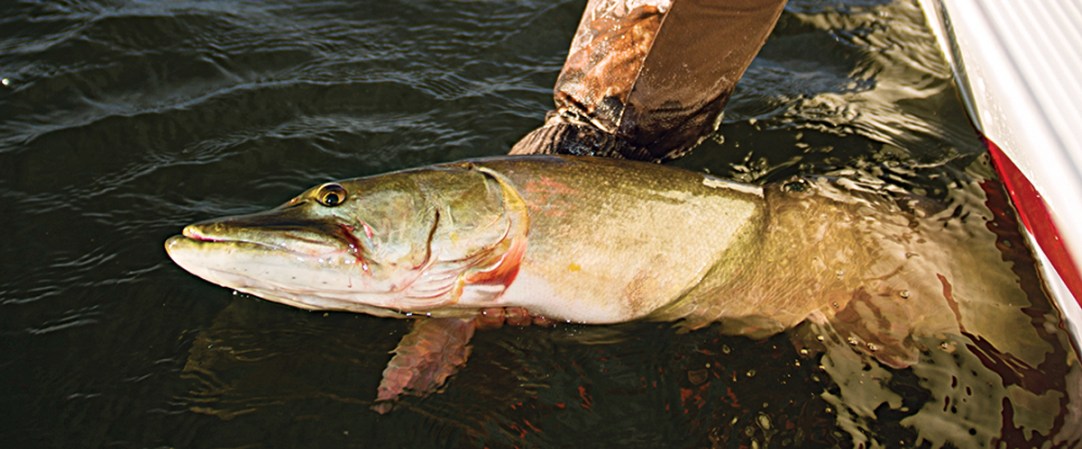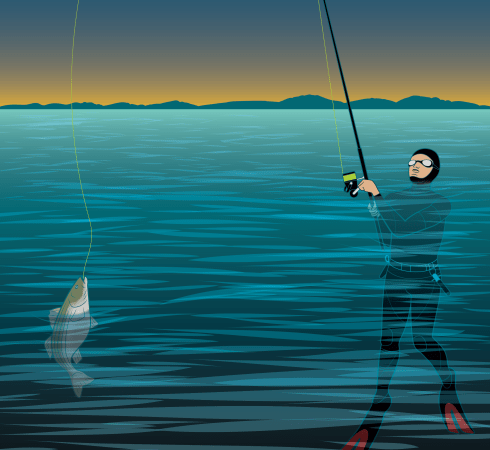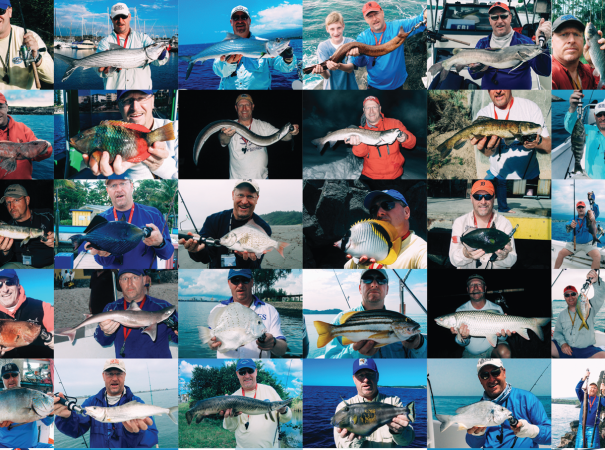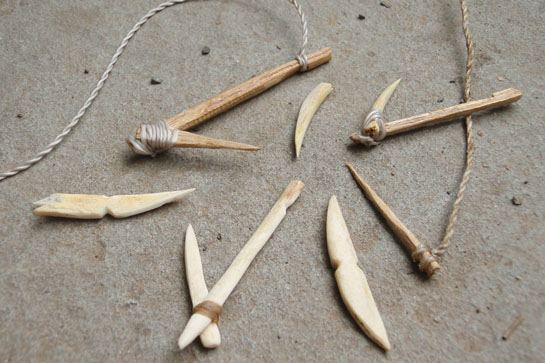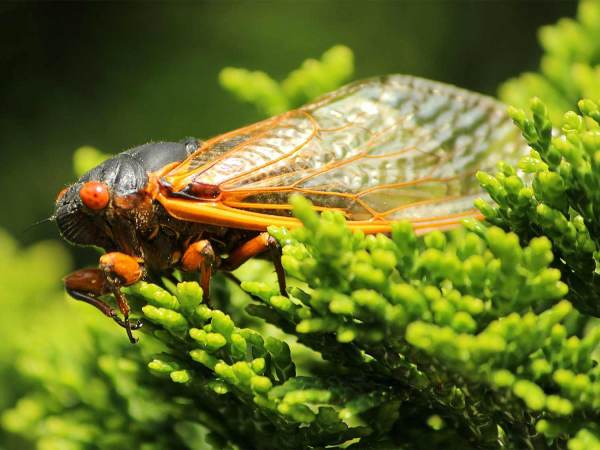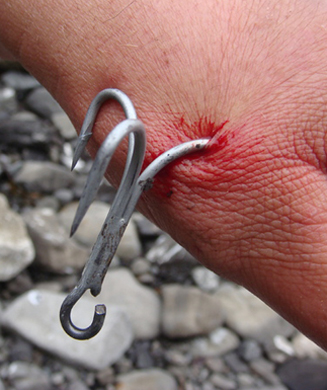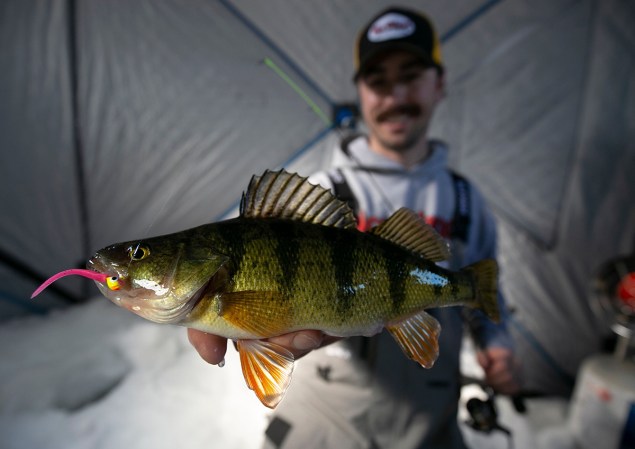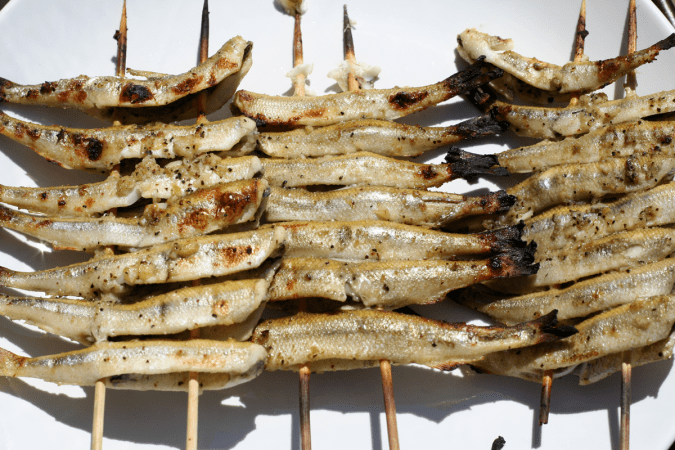I’ve been crafting wine-cork popping bugs for decades. They are easy to make, cost-effective (unless you add in the cost of a bottle of wine), and an absolutely killer way to fill a bucket with bass and panfish. Here’s how to tie one—or a dozen—yourself.
#
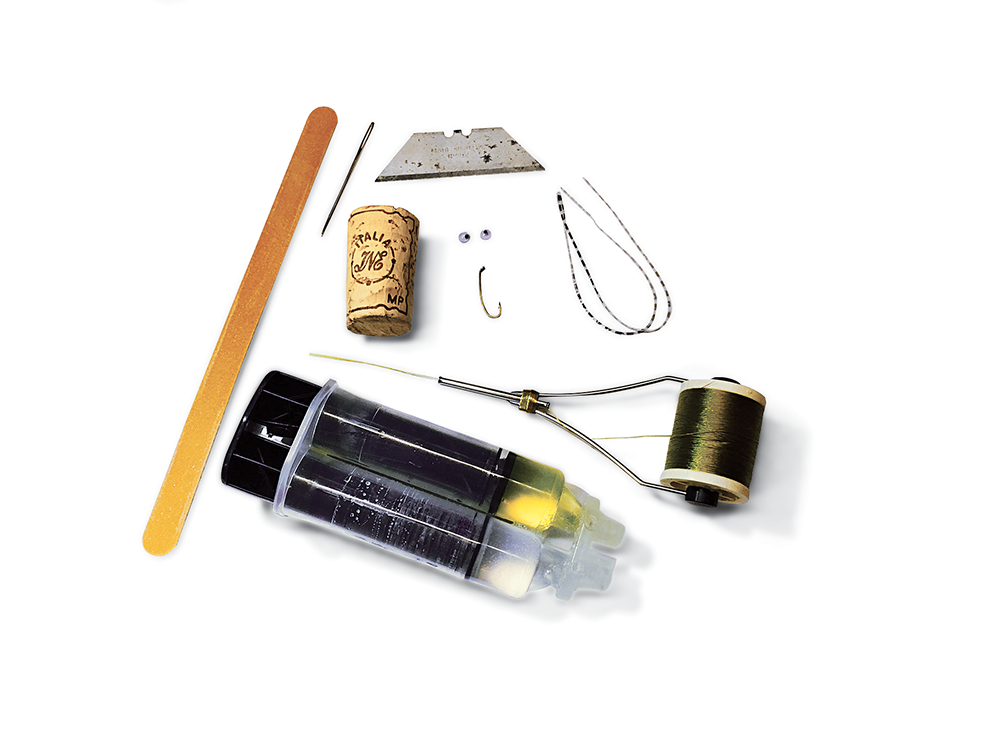
Materials:
1 wine cork
1 razor blade (or x-acto knife)
1 emery board
1 darning needle
1 tube of 5-minute epoxy
1 package of silicon fly-tying legs (aka “sili legs”)
1 package of holographic or stick-on eyes
fly-tying thread
hooks
Step 1
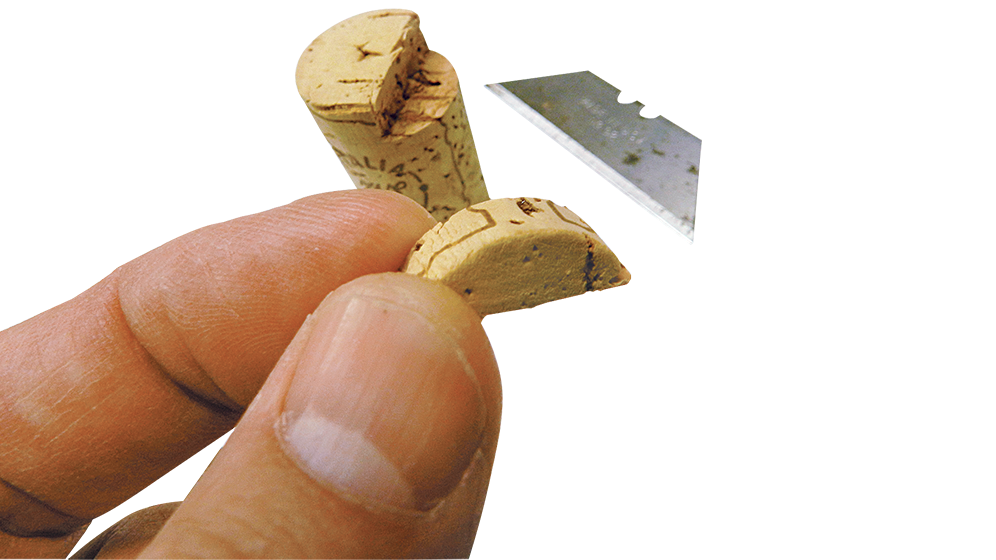
Cork-bug patterns are like food recipes: You need to add a touch of personal style in order to call it your own. But here’s the basic formula. Slice a ¼- to ½-inch disk from the cork’s top and cut into three pieces. Vary cork body sizes and hooks to meet your needs—bigger for bass, smaller for panfish. After roughly cutting each piece of cork, shape and smooth each cork body with an emery board. It should look like a beetle.
Step 2
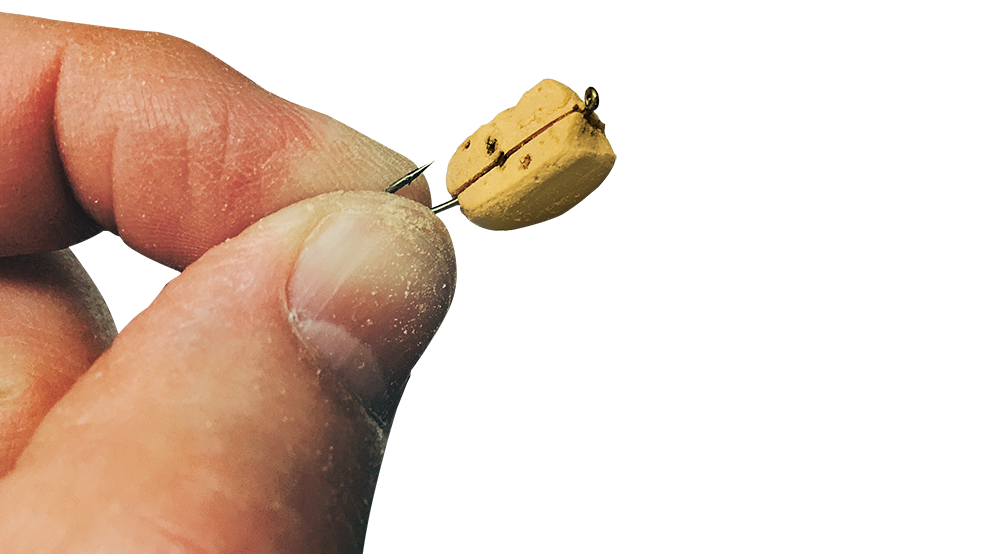
Make a slit along the popper bottom just deep enough so that the hook shank will slide in securely. Wrapping thread on your hook can help to seat it better in the cork. Apply epoxy to the threaded hook shank and gently insert it so that it is straight. I use No. 10 slightly humped-shank hooks. Dedicated popping-bug hooks in size 12 also work. You can go bigger, of course, depending on your flyfishing abilities.
Step 3
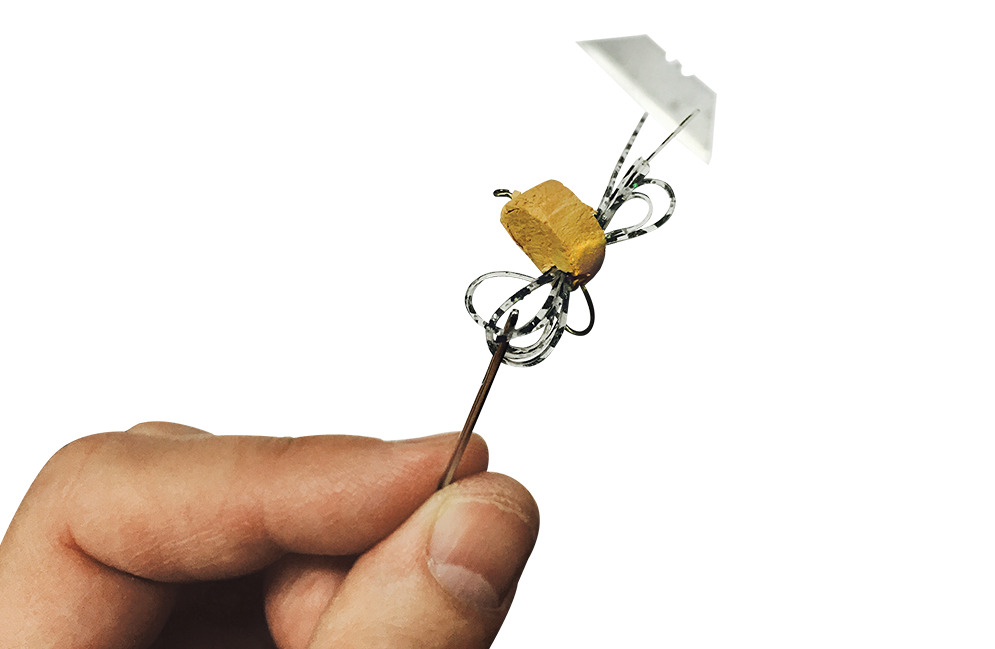
Thread two sili legs with a half-loop through a darning needle eye. Push the needle through the cork body, just above the hook shank. Snip the looped end to create an equal number of legs on each side. Trim as you see fit. Silicone legs are critical to the buggy look. They add translucency and action to the popper. A simple wiggle of the rod tip or gentle waft of a breeze will impart fish-attracting movement to your bug.
Step 4
Coat the entire body with a thin layer of epoxy. While the glue is still wet, gently place each eye on the popper. Let dry. You can paint the body to resemble a frog or beetle before or after the epoxy coat.
Consider building more elaborate patterns by adding marabou feathers, rubberized frog legs, colored foam body material, or split shot to your popper creation. Weights can help if fish are holding in deeper water.
Step 5
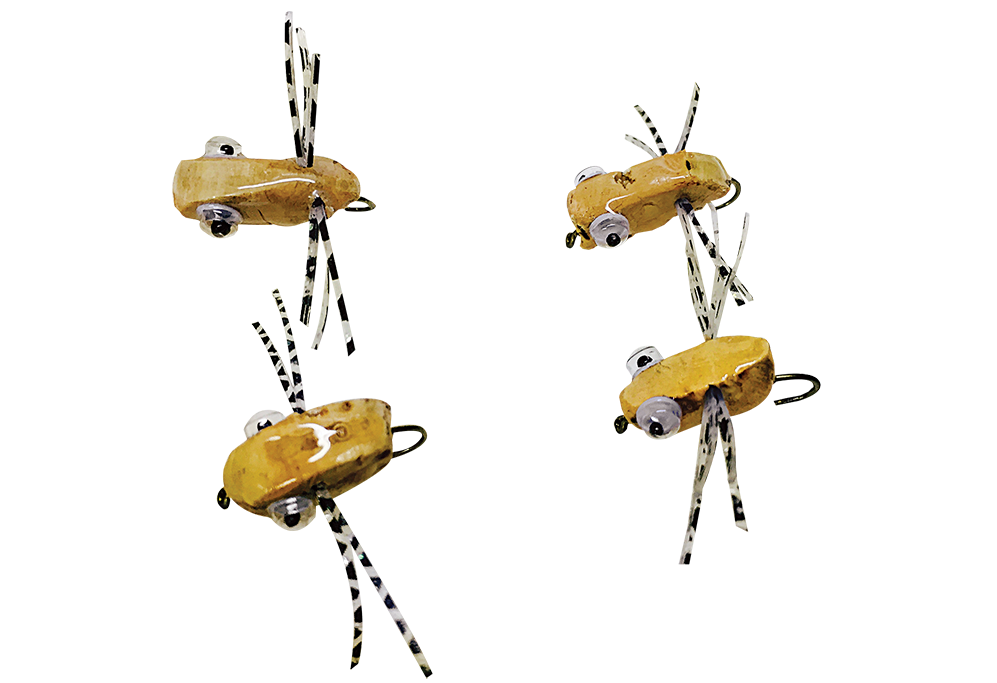
Wine-cork poppers should look like natural fish food when completed: eyes, legs, body. Put it in a bowl of water to test your pattern and assess its action before taking it out for a test drive. Does it float? Does it look froggy or buggy enough? Good. Now get out there and catch something. Bass and bluegills are the primary target species for wine-cork poppers, but crappies, perch, pike, and even redfish will hit them.
Photographs by Steve Hickoff
